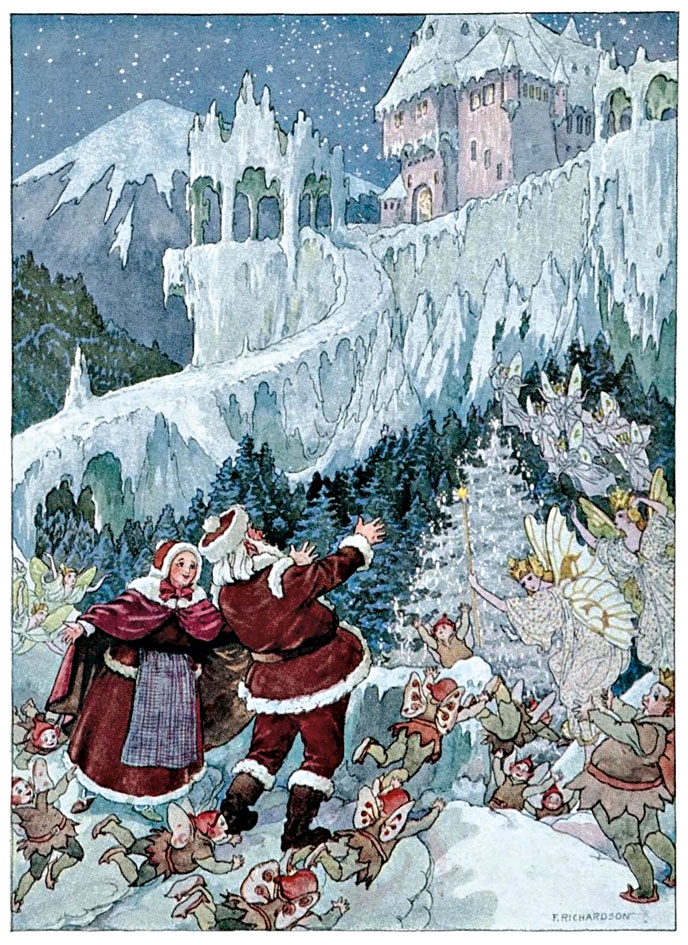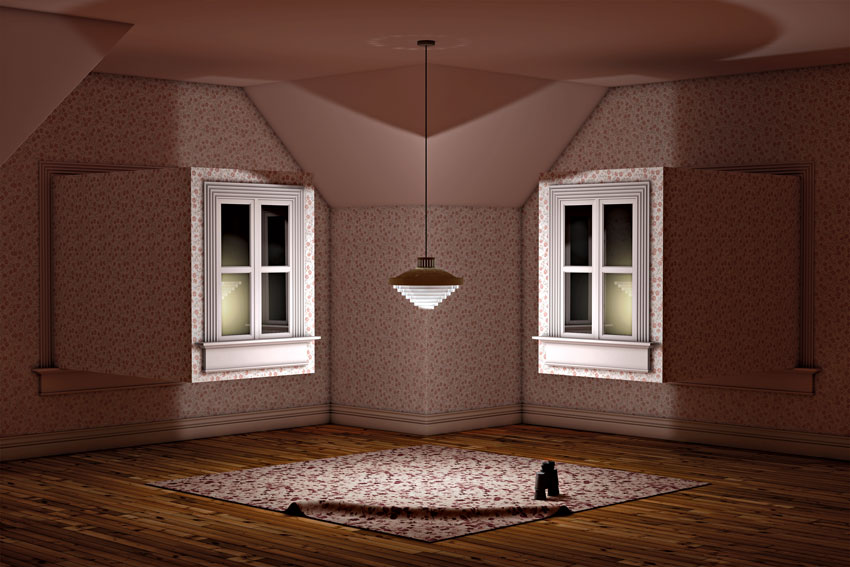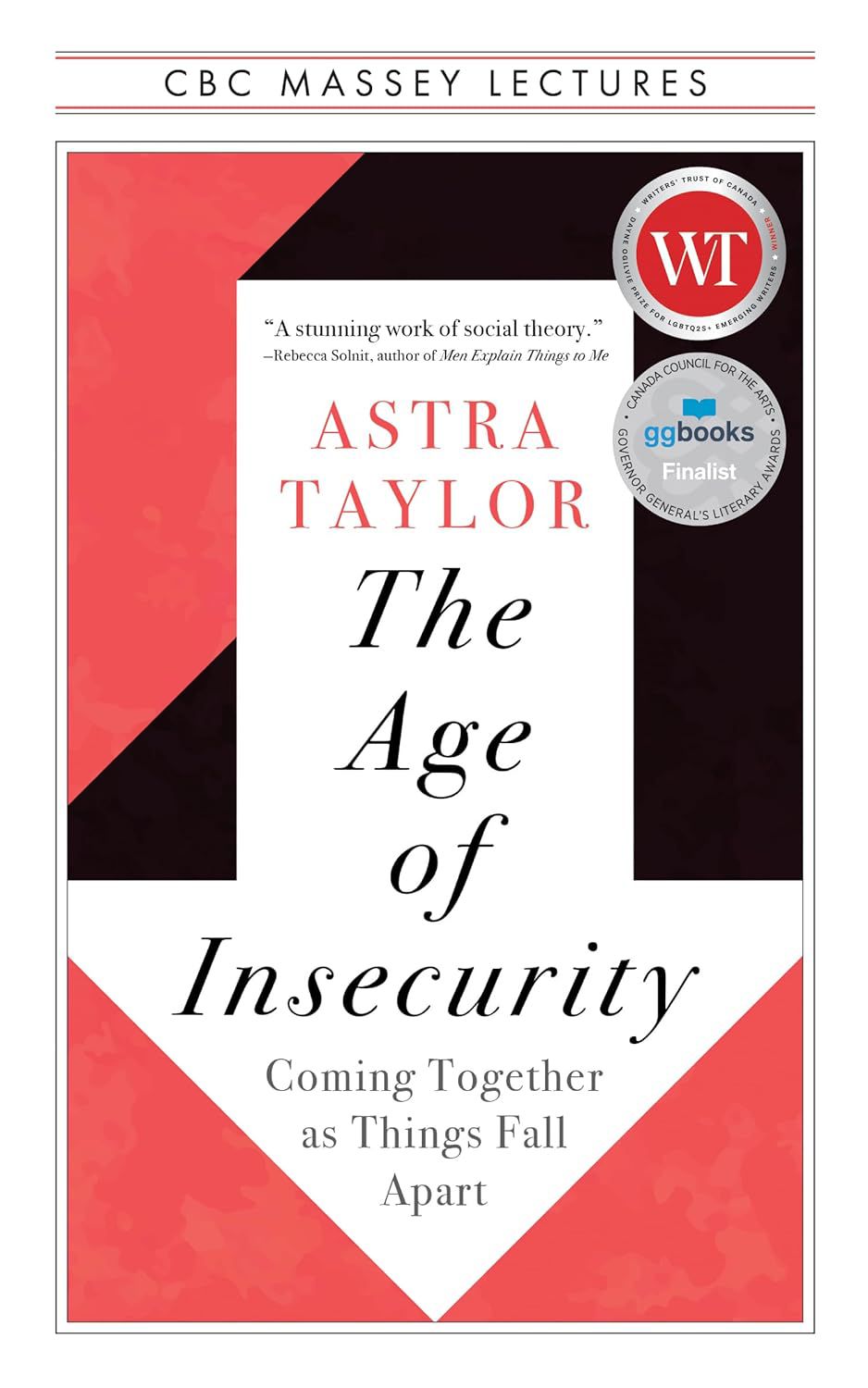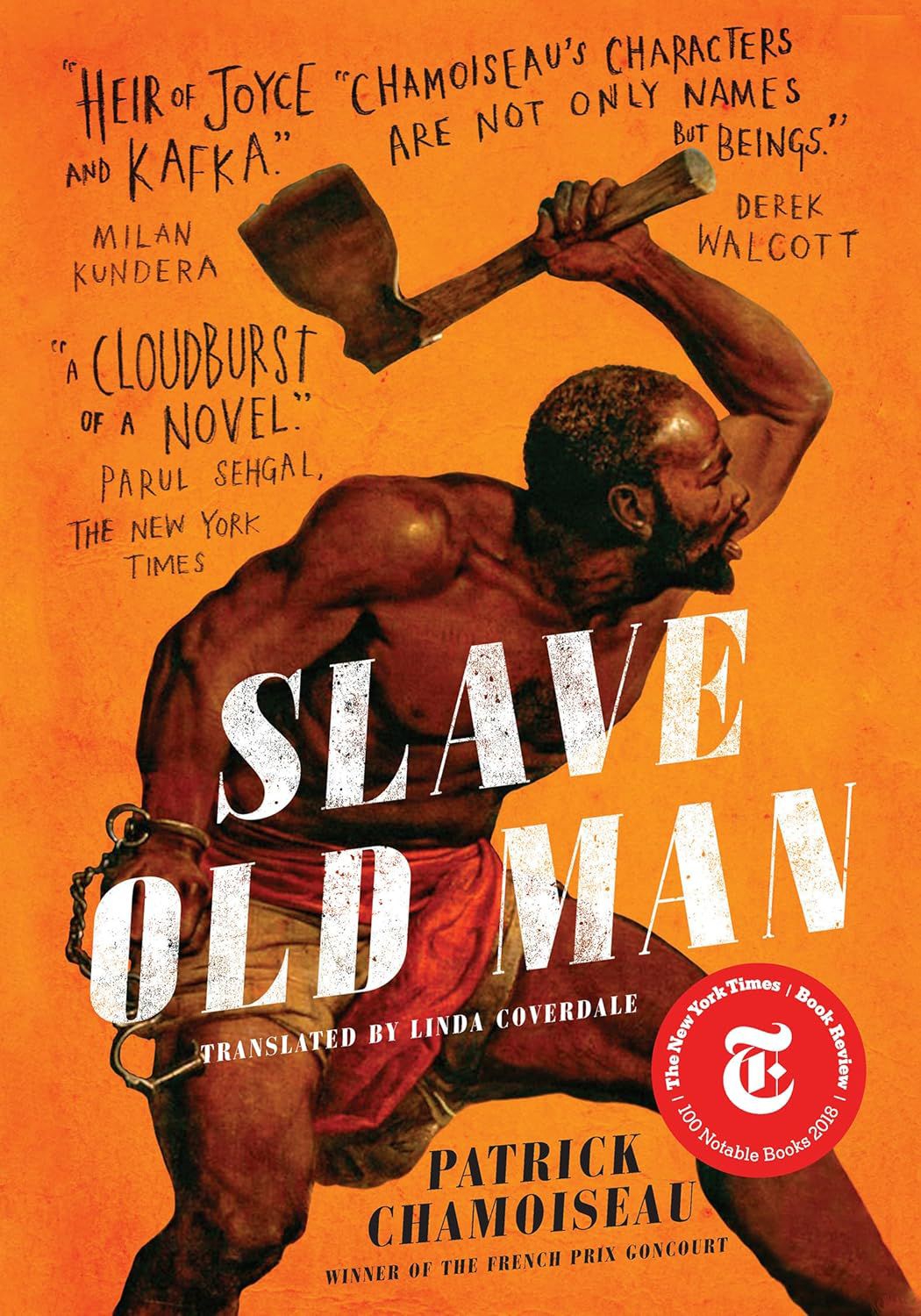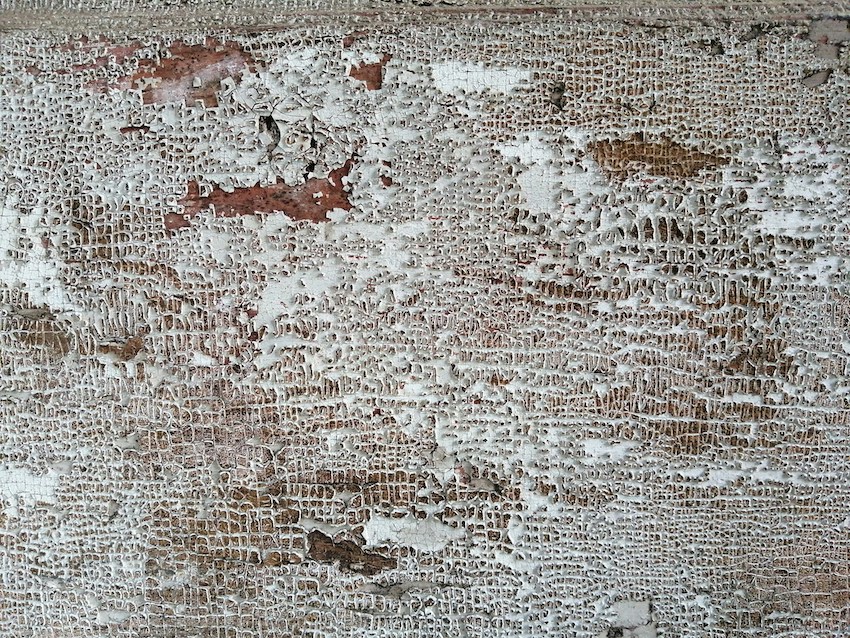fact
.svg)
PhotoGraphic Encounters: The Edges and Edginess of Reading Prose Pictures and Visual Fictions
PhotoGraphic Encounters: The Edges and Edginess of Reading Prose Pictures and Visual Fictions (University of Alberta Press and the Kamloops Art Gallery) contains much promise of “edginess” and “subversion,” once the great virtues of the postmodern ag

Seasons in the Abyss
My friend Eric moved to Los Angeles five years ago to become a rock star, only to learn that drummers and bass players in L.A. are unreliable, that nobody in L.A. goes to see live music and that the chicks in L.A. are all crazy. Once he got to wait at a stoplight behind Patricia Arquette, once Britney Spears came into the gym where he worked and one time a bouncer let him into a club ahead of Fabio, and none of these things made him famous.
.svg)
Remembering Andy
The first time I met Andy Warhol he was wearing a black sweater and pants; the second time he was wearing white tie and tails (it was at Lincoln Center). The third time I met him, at Arthur, the disco opened in the sixties by Sibyl Burton, he was wearing a jersey made of silver mail.

Re-hanging the National Wallpaper
When I lived in Ottawa in the 1970s, I used to enjoy passing lazy afternoons at the National Gallery looking at the pictures. I remember how surprised I was when I first encountered the Group of Seven collection. These paintings were completely familiar—I’d seen them in schoolbooks and on calendars, posters, t-shirts, everywhere—yet at the same time they were completely unexpected.
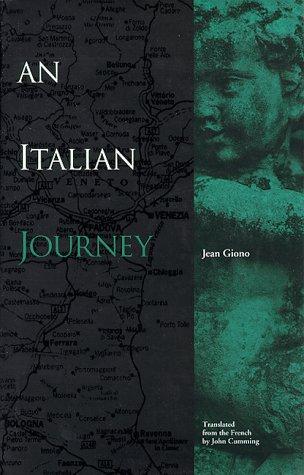
An Italian Journey
Henry Miller named Jean Giono as one of the writers he most admired (a list that includes Knut Hamsun, Blaise Cendrars, and Fyodor Dostoevsky). Giono, who lived most of his life in Manosque, the small Provençal town where he was born, begins An Italian Journey by admitting that he is not a traveller.
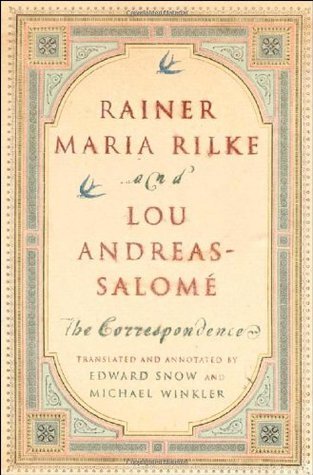
Rainer Maria Rilke and Lou Andreas-Salomé: The Correspondence
Rainer Maria Rilke and Lou Andreas-Salomé: The Correspondence (Norton) collects all of the extant letters exchanged by Rilke and Andreas-Salomé , a patron and fellow author, and (as the jacket copy describes her) “a key fin de siècle intellectual.”
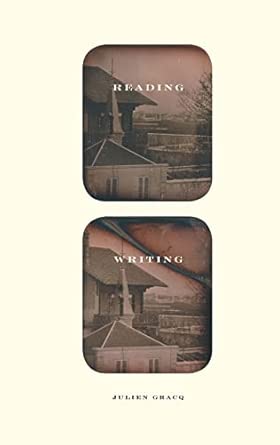
Reading Writing
The French writer Julien Gracq, who will be ninety-seven this year, is a living link to the era of Louis Aragon and André Breton. Gracq has avoided the kind of recognition that most modern writers crave (he refused the Prix Goncourt in 1951), and his body of work is little known on this continent.



























































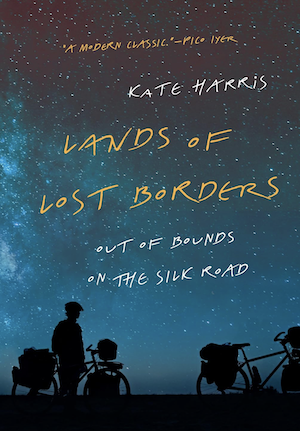
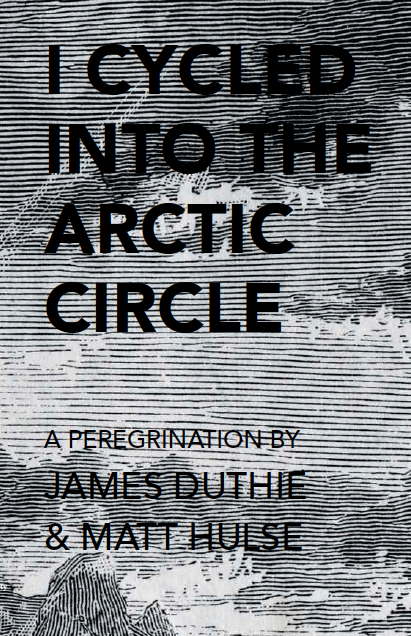
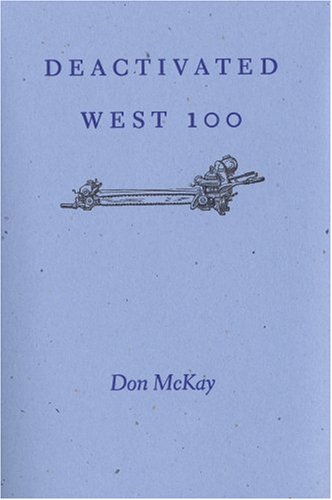

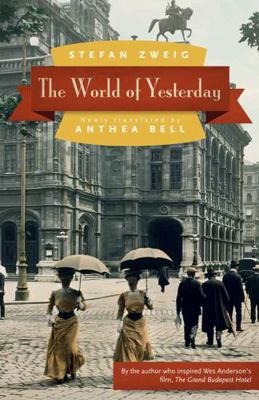


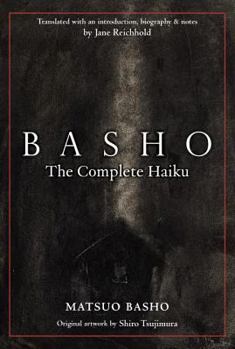

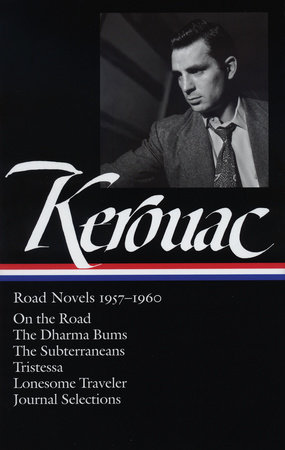

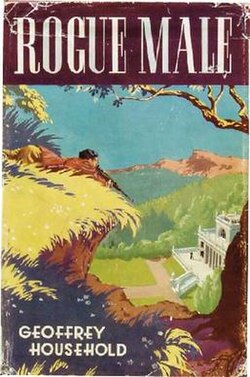
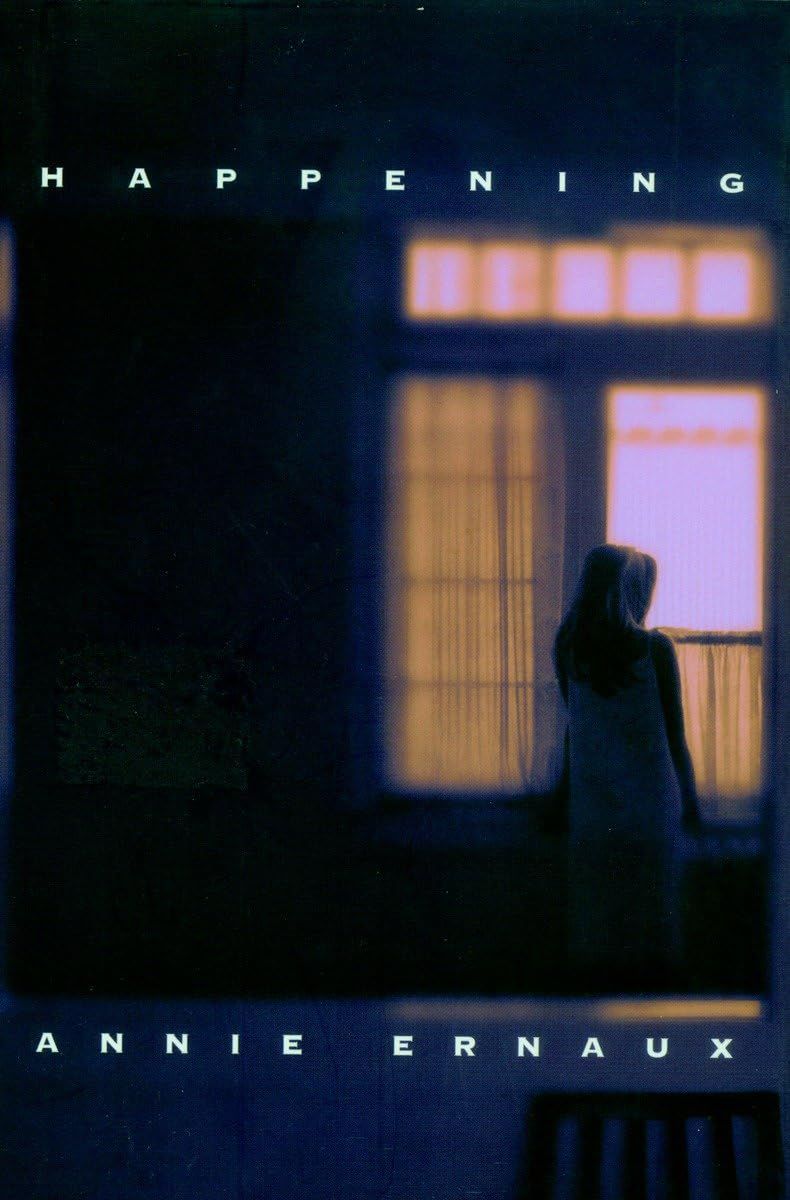
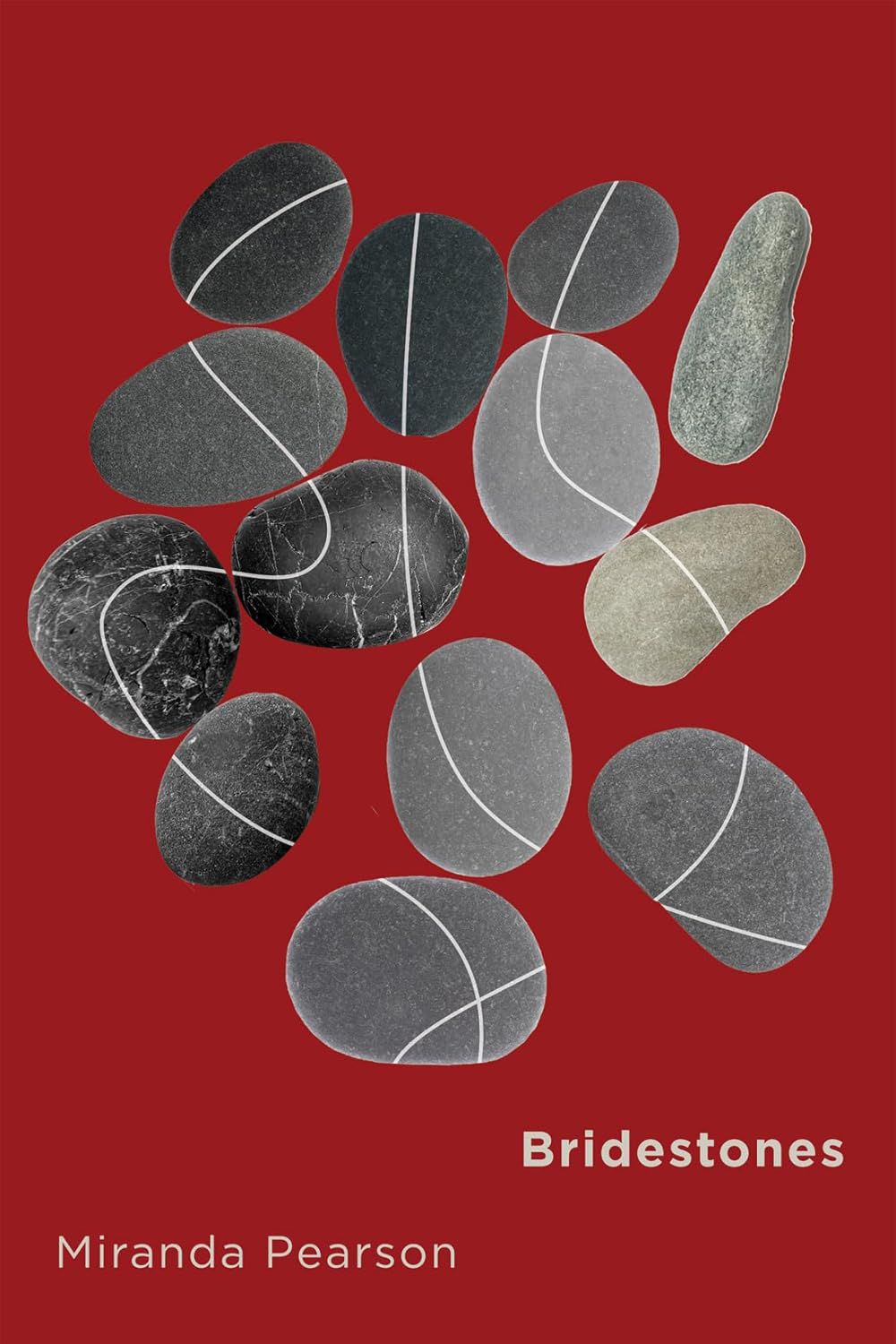
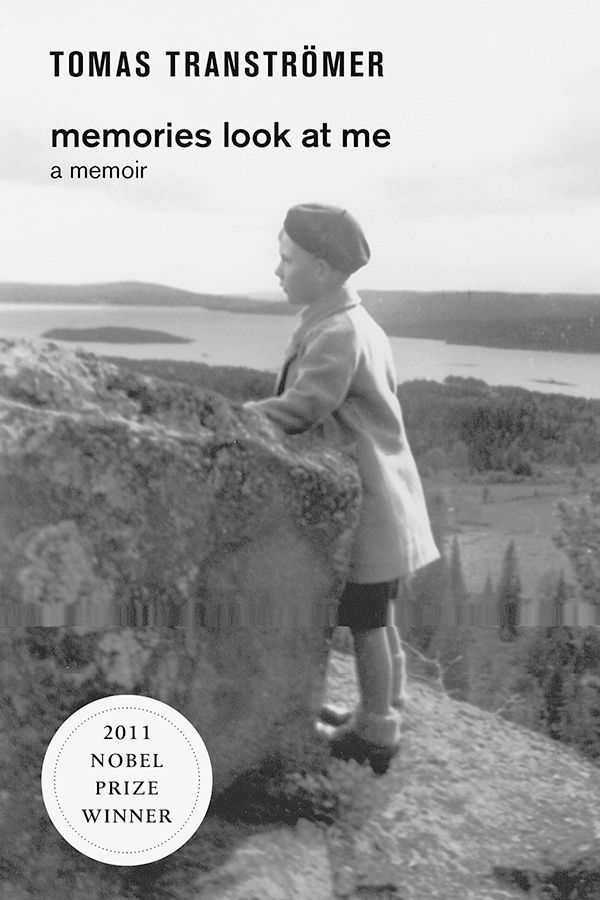
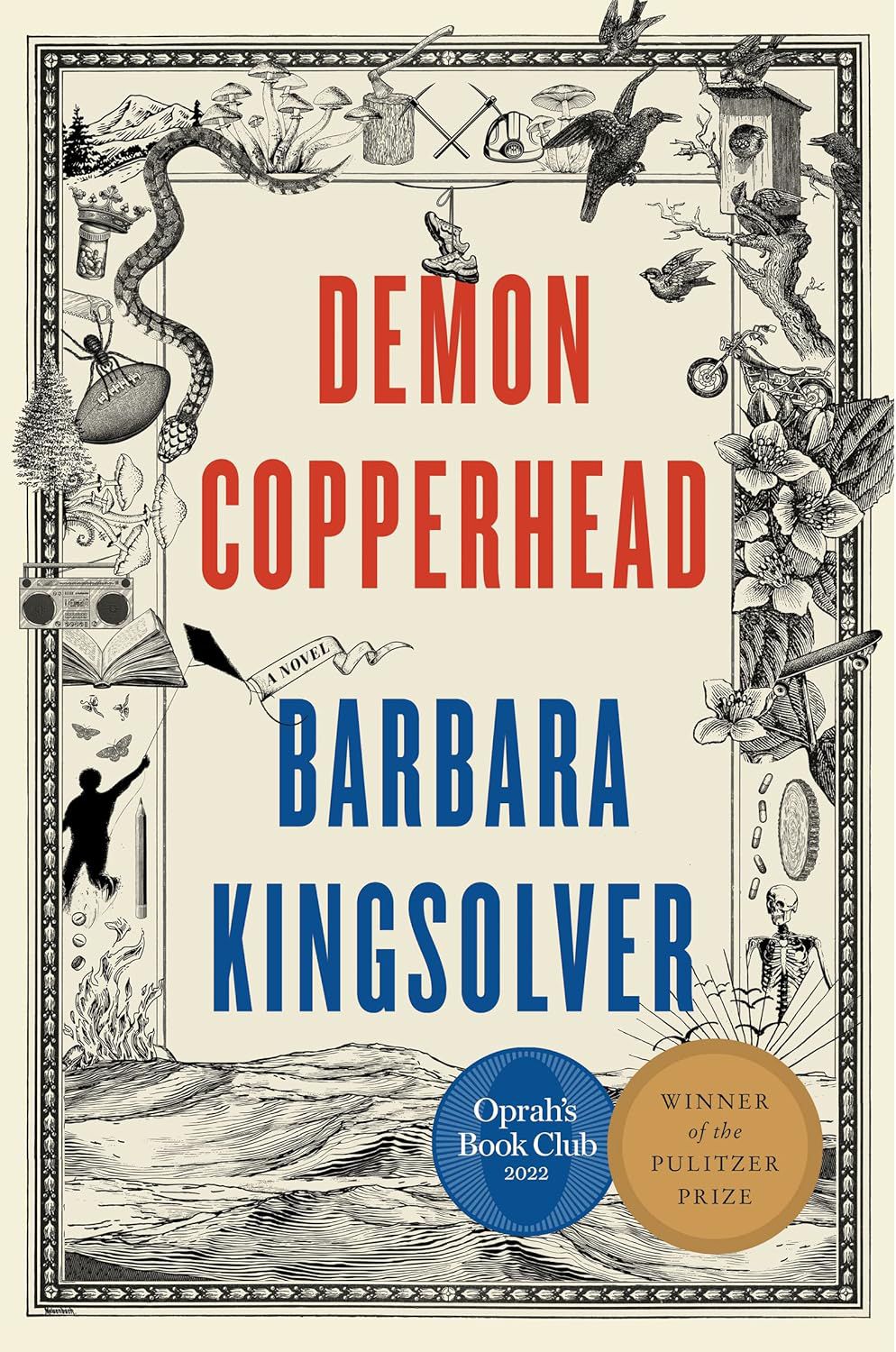


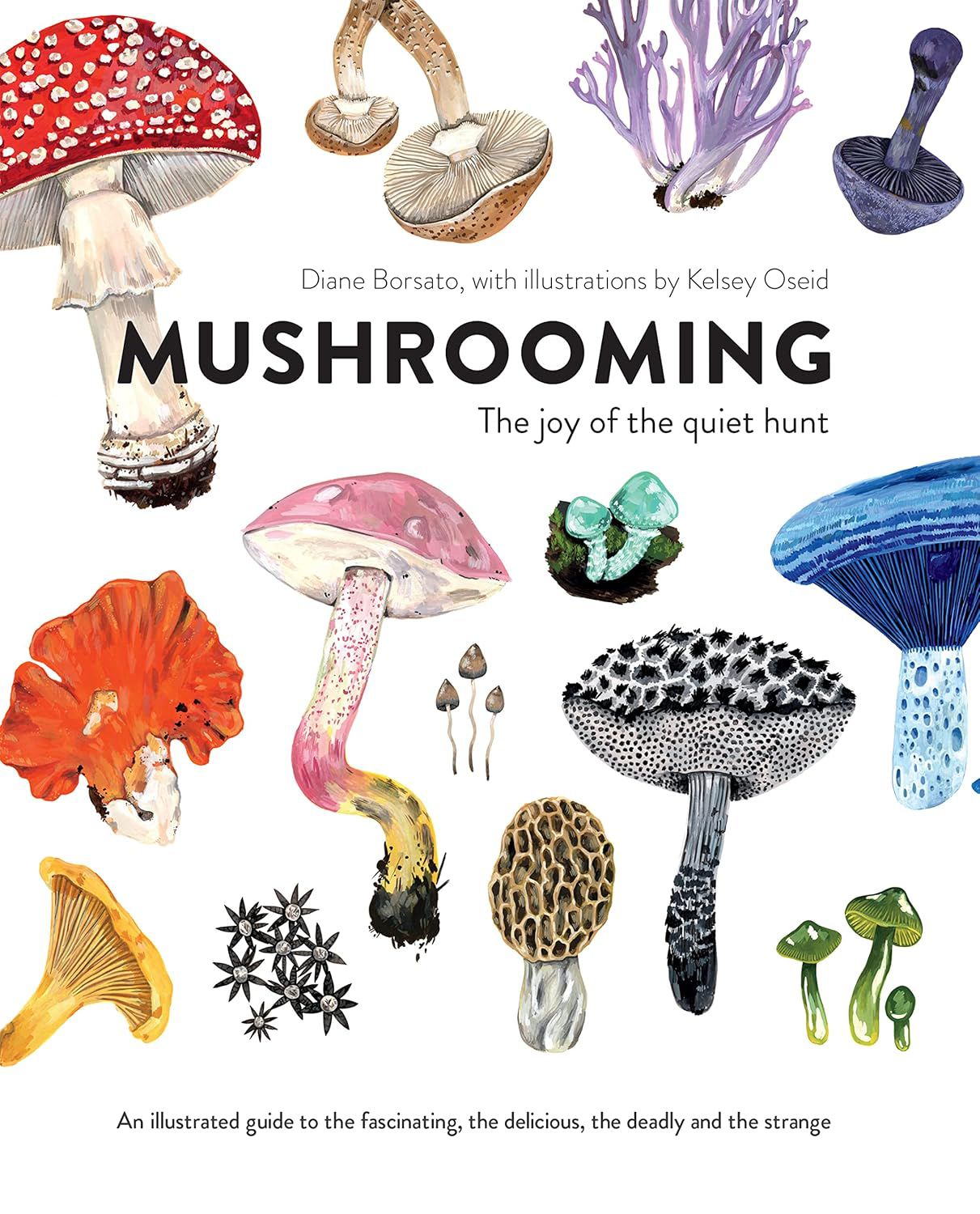
















.jpg)
